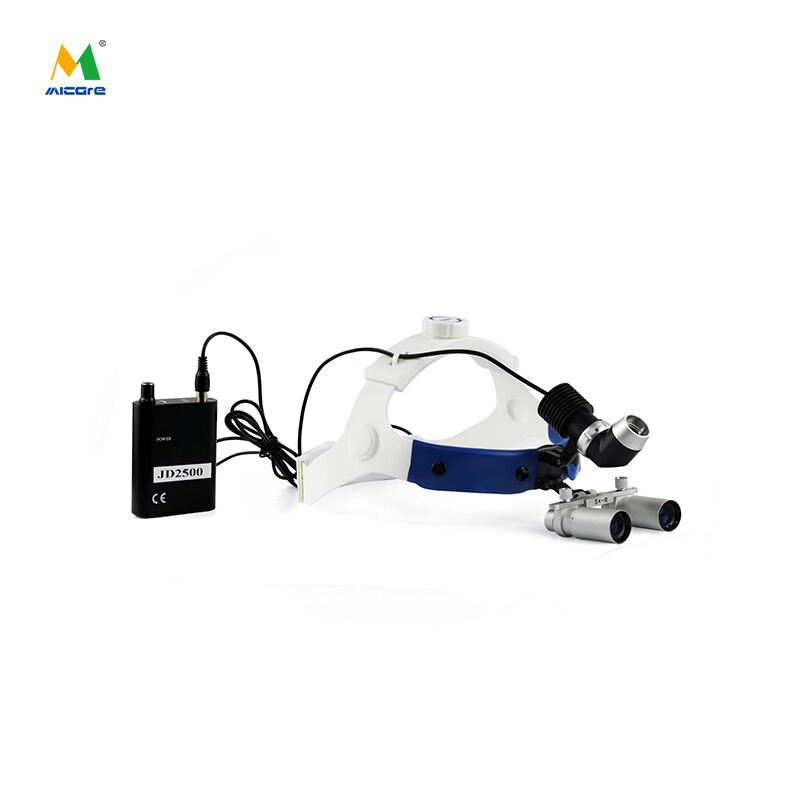Medical loupes function as necessary surgical instruments for exact procedures throughout various medical specialties. Ten critical factors become essential for you to consider during operatic loupe selection.
1. Magnification Power
2.5x-3.5x is Ideal for general surgery
4.5x-6x is best for Microsurgery and Dental
2. Distance of work
Should match the seat of the surgeon with the following:
30-35 cm: for sitting procedures
40-45 cm: For standing operation
3. Optical quality
Multi-lens for maximum light transmission
Anti-reflective coatings
Colored exposure improvement
≥90% light transmission efficiency
4. Frame Design
Titanium or carbon fiber manufacture
Adjustable nose pad
Adaptable temple weapon
The weight of these frames should be less than 100 grams during the period of excessive use.
5. Depth of field
Important to maintain focus:
Minimum 5 cm 3x on magnification
Adjustable through pupil distance settings
6. Interpupillary distance (IPD) adjustment
Range: 50-75 mm
Equipment free adjustment mechanism
Safe locking feature
7. Integrated light compatibility
LED headlight attachment points
Balanced load distribution
Heat wastage design
8. Environment resistance
Anti -fog treatment
Scratching coatings
Chemical sterilization compatibility
9. Ergonomics
Adaptable declaration angle
Adjustable work angle
Load distribution analysis
10. Certificate and warranty
ISO 13485 compliance
FDA/CE approval
Minimum 2 year warranty
MICARE surgical loupes include all the necessary features with individual fitting services that guarantee the specific vision demands of each surgeon. The product produces great accuracy as well as a decrease in muscle fatigue during time-taking medical functions.











































